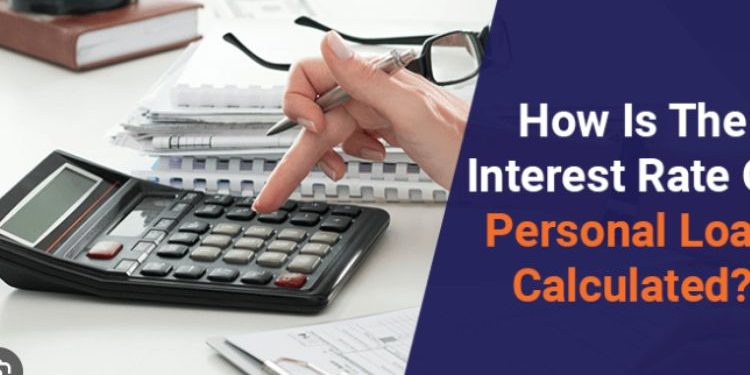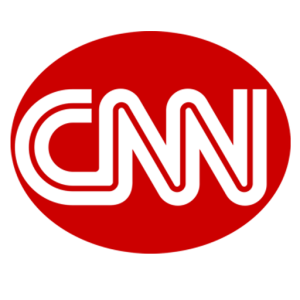This allows them to offer more flexible guidelines for borrowers with less-than-perfect credit. For example, FHA, USDA and VA mortgages can be obtained by those with lower credit scores than conventional loans. This makes homeownership more accessible for a wide range of people.
Student Loans
Students need financial aid to cover their education costs. Students have a few choices when it comes to financing their degree: government student loans and private loan alternatives. Government loans offer lower interest rates than conventional loans and often don’t require a credit check to be approved. The most common government loans are Direct Subsidized and Direct Unsubsidized Stafford Loans. These loans are available to both undergraduate and graduate students who demonstrate financial need. These loans also don’t start accruing interest until after you leave school. 정부지원대출 reduce the risk for lenders by providing them with a guarantee.
Other types of federal loans are Perkins and PLUS Loans. These loans are for students with exceptional financial need. Students can also consolidate their federal loans with private student loans to streamline their monthly payments and potentially qualify for different repayment options or loan forgiveness. Conventional loans typically have higher interest rates because lenders take more risk when they don’t have the protection of a government agency as a safety net.
Mortgages
A mortgage loan is a financial tool that lets borrowers purchase a home by borrowing the money from an institution and repaying it with interest over time. While conventional loans are often the more popular choice, there are government-backed mortgages that can make homeownership more attainable for many people. Government-backed mortgages are insured or guaranteed by a federal agency, including the Federal Housing Administration (FHA), U.S. Department of Agriculture and the Department of Veterans Affairs for active military personnel. These mortgage programs can be a good option for first-time homebuyers as they tend to have lower credit and down payment requirements than conventional loans.
Conventional loans, on the other hand, are not insured by any federal agency and can be riskier for lenders. This means that you will likely have to pay higher fees for these types of loans. Conventional mortgages also have stricter eligibility requirements, requiring a higher credit score than other government-backed mortgage options.
Business Loans
Business loans help businesses grow, cope with short-term cash flow problems and take advantage of opportunities. They can come in the form of fixed or variable rates, with repayment terms ranging from months to years. Lenders assess a company’s age, revenue and credit history to determine how risky it is. Businesses with less history or a more risky industry may pay higher rates. Business 대출이자계산기 rates also vary depending on where you get your financing, with online lenders offering more competitive rates than banks.
Some conventional loans require collateral, which reduces the lender’s risk and results in lower rates. Other lenders, like business lines of credit and merchant cash advances, charge factor rates instead of APRs, but they can still add up to a substantial amount over time. Understanding how these different types of business loans work can save you a lot of money in the long run. The best way to compare business loan interest rates is to shop around and find the lender that offers you the most value for your money.
Disaster Relief Loans
The federal government offers low-interest disaster relief loans to help victims repair or replace their homes, businesses and personal property. The loans are offered by the Small Business Administration, and can be used to fund losses that aren’t fully covered by insurance. Disaster relief loans can also be used to cover operating expenses during a recovery period. Home and real property disaster loans are available to homeowners, renters and nonprofit organizations. Homeowners can borrow up to $200,000. Business owners and other nonprofit organizations can receive up to $2 million for physical damage to real and personal property. Business owners and private non-profits can also qualify for economic injury disaster loans, or EIDL, which support working capital needs during the disaster recovery period.
These loans are based on the applicant’s credit worthiness and ability to repay, and interest rates are set by a statutory formula. They can be used to pay operating expenses, such as payroll and rent/mortgage, but cannot be used for equipment upgrades.
The Bottom Lines
The exact interest costs and monthly payments you’ll make will depend on the loan amount, term, and interest rate. For instance, subsidized federal student loans offer grace periods and deferment options that could reduce your total interest cost. Understanding how interest accrues will help you make the right financial decisions. Use calculators or spreadsheet programs to run the numbers.



